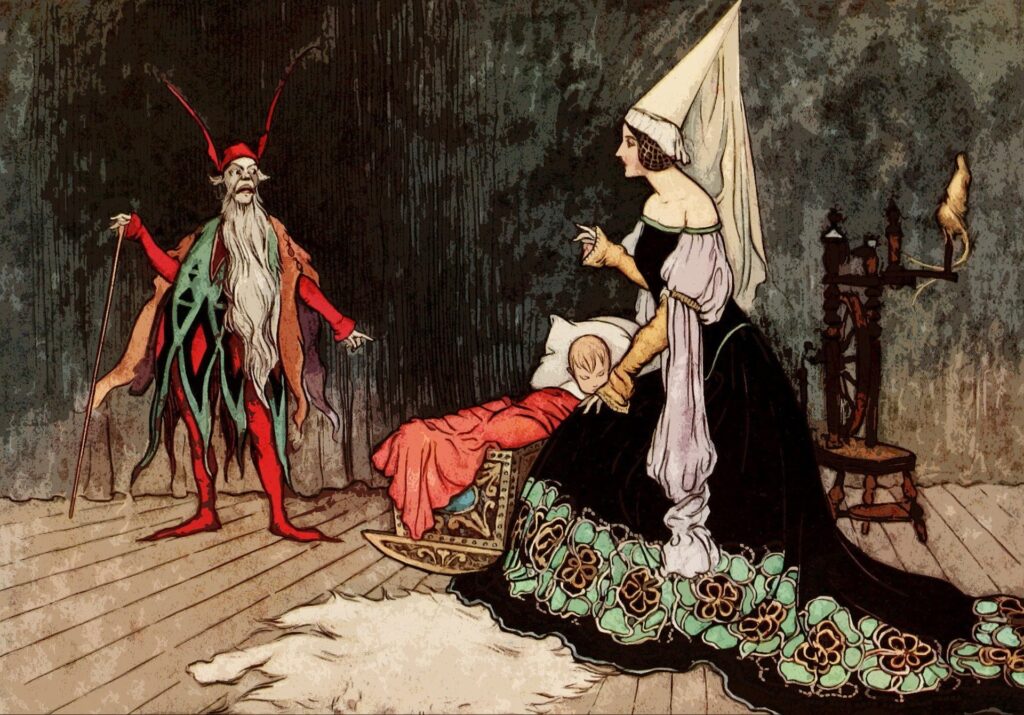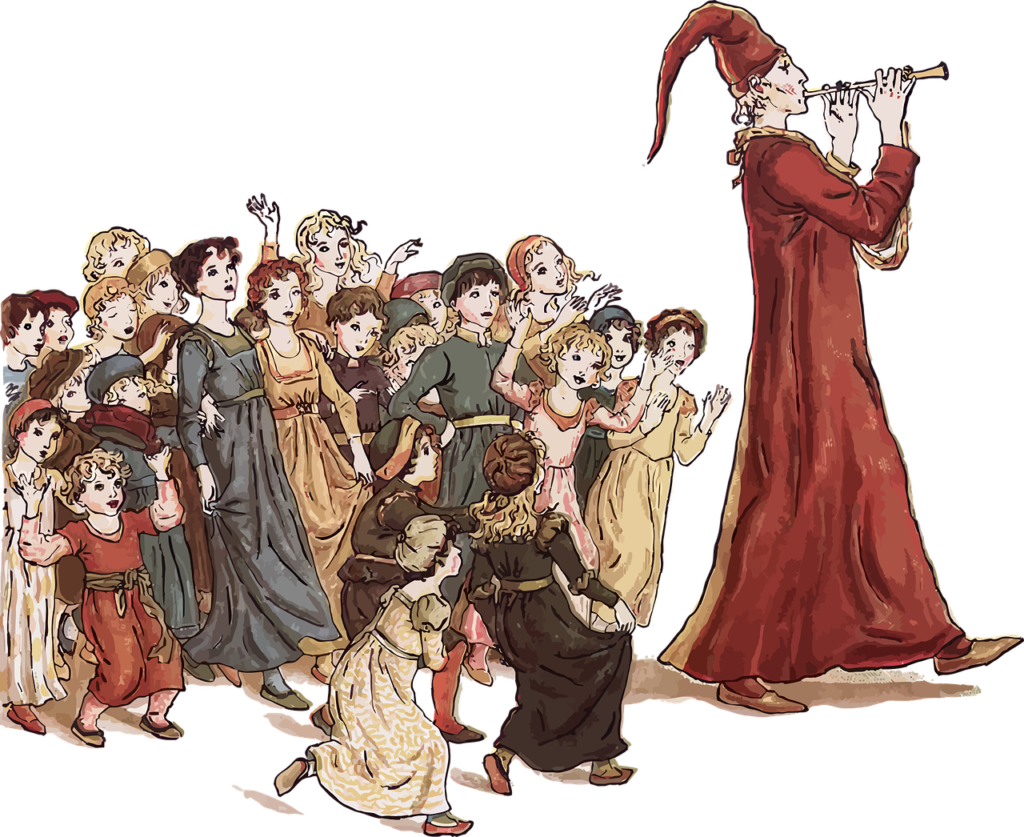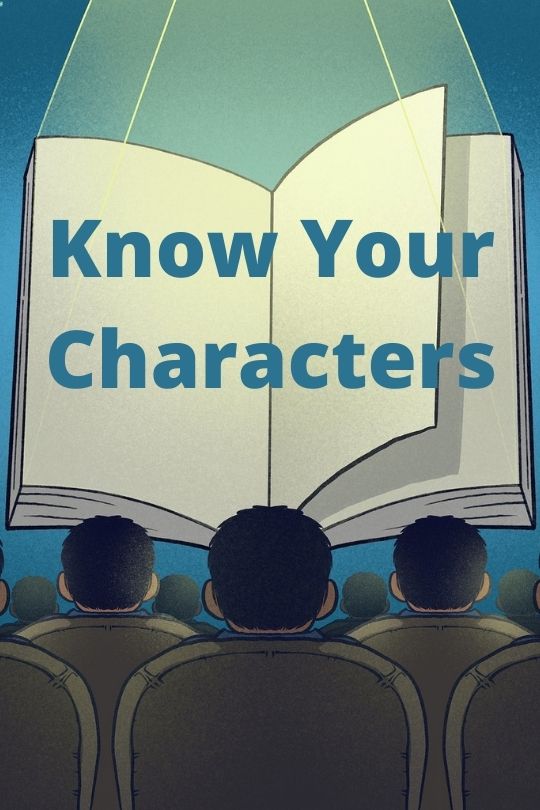Every great novel includes at least a few subplots in addition to the main plot.
But many beginning fiction writers have trouble creating interesting and effective subplots.
Here are some tips that might help.

What Subplots Must Do
• Subplots must connect to the main story (plot).
• Subplots must happen for a reason and make sense together with the main story.
• Subplots should move the story forward. They should enrich, support and deepen the overall story.
• Subplots should reveal information about the main story, the situation or characters, which readers should become privy.
• Subplots should keep your reader interested.
• Subplots must always be resolved.

Dos and Don’ts of Subplots
* Do create subplots that affect the conclusion of the main story line.
* Do maintain tension with subplots! Look for turning points. Analyze what has to happen before and after your big scenes.
* Do create subplots that engage secondary characters that are interesting. What do they want? Why? How are they interesting?
* Do uncover interesting themes that are important to you.
* Do use characters, settings and events that overlap.
* Do raise the stakes. But don’t forget LOGIC.
* Do use subplot to create anticipation, foreshadowing, and micro-tension!
* Don’t use secondary characters that have no connection to the main character.
* Don’t let your secondary characters overshadow your main character or story.
* Don’t let secondary characters stay two dimensional or predictable.
* Don’t write subplots that are too parallel or thematically too didactic.
* Don’t settle for turning points that are not important to the characters or reader.
* Don’t pull the reader too far away from the main story for too long.
Now that you know what subplots must do, and you know the dos and don’ts of subplots, it should be much easier to create interesting and effective subplots for your novels and short stories.
Try it!
And before you go, don’t forget to join our mailing list.
Just fill in your name and email address, below:






